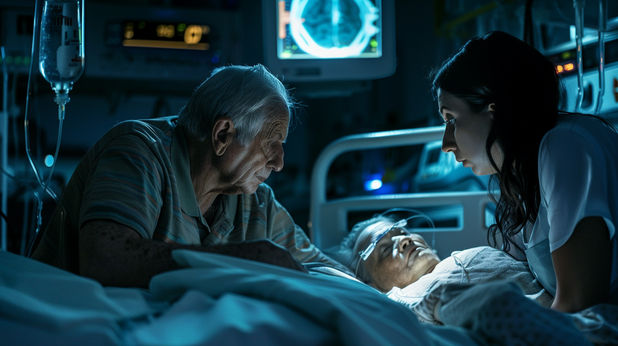It wasn’t long ago that if you needed to have a diagnostic radiology scan, such as an MRI or CT, then your only choice was to do it in a hospital. These days, though, there’s the option of having scans done at a freestanding imaging facility.
Here at Painter Law Firm, we’ve had numerous clients tell us that the doctor ordering a scan presents the option something like this: “We can schedule the scan at an imaging facility where it will cost you $800, or at a hospital where it may cost you $2,000.”
While cost is a factor to consider, it’s not the only factor to think about.
I came across one independent imaging facility that advertised its services like this: “It is important to note that there is a cost savings to be realized locally, without giving up any measure of quality, technology, and superior service.” That particular facility also advertises shorter wait times, more personalized service, better hours, and free parking.
When weighing the options of where to have a radiology study done, here are some other patient safety related factors to consider:
• How old are the imaging machines? CT and MRI technologies have advanced over the years, but some independent imaging facilities use old machines that don’t have the detailed imaging quality of modern machines. Think about the difference between HD and regular video.
• Is the facility accredited by the American College of Radiology? Ask about this, or search for yourself here. This is one important indicator that shows that the facility follows well-accepted national standards of quality and patient safety.
• Is the CT or MRI technologist certified by the American Registry of Radiologic Technologists (ARRT)? Certified technologists have at least a base level of competence and training that should provide patients with some level of comfort.
• How has the facility planned ahead for emergencies, such as a life-threatening anaphylactic reaction to CT or MRI contrast media? Is there a physician on-site who handles these emergencies? Are the physician and radiology technologist staff members trained in Basic Life Support (BLS) and Advanced Cardiac Life Support (ACLS)? Is a crash cart immediately available with emergency supplies such as epinephrine?
We are currently working on a case in the Dallas area where a patient in his 50s had an anaphylactic reaction to iodine-containing CT contrast media. The freestanding imaging center isn’t accredited by the American College of Radiology. There wasn’t a physician on-site and, according to one witness, a staff member of the radiology center had to run out the front door to go find a doctor at a nearby office. There’s also no indication in the medical record that a crash cart was available. It certainly was never used, and, unfortunately, the patient died.
If you’ve been seriously injured because of an allergic or anaphylactic reaction to CT or MRI contrast media, or any other aspect of radiology care, then contact a top-rated experienced Houston, Texas medical malpractice lawyer for help in evaluating your potential case.





